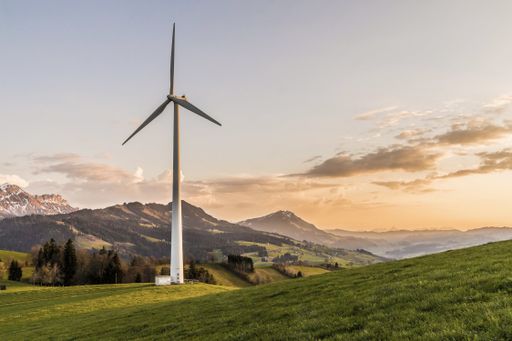Nutrient Pollution from Farms Threatens Gulf of Mexico Fishing Industry
Nutrient pollution from farms in Illinois is contributing to the creation of a large oxygen-depleted area in the Gulf of Mexico, causing damage to fisheries and marine habitats. The pollution flows from the Mississippi River Basin and is worsened by climate change. Efforts to reduce nitrogen and phosphorus levels in Illinois have fallen short, with voluntary conservation practices proving insufficient. Farmers face obstacles such as the cost of implementing conservation practices, lack of resources, and the challenges of climate change. Environmental groups are calling for more funding, education, and regulation to address the issue, while agricultural interest groups argue for tailored approaches and increased support.

Nutrient Pollution Threatens Gulf of Mexico Fisheries
Lance Nacio’s family has been fishing in Louisiana’s Terrebonne Parish for three generations, but their livelihood is under threat. Nutrient pollution from the Mississippi River Basin is causing an oxygen-devoid area in the Gulf of Mexico, forcing fish to swim farther from the coast and die. The "dead zone" has caused billions of dollars in damages to fisheries and habitats.
Illinois is one of the major contributors to the problem, as its waterways feed into the Mississippi River. The state's latest report shows an increase in nitrogen and phosphorus levels, falling behind its own goals. Climate change is exacerbating the issue by increasing precipitation and runoff.
Fishermen like Nacio are struggling to catch fish and must spend more time and money sailing into the Gulf to escape the dead zone. The economic impact is significant for coastal fishing communities.
Conservation Practices Fall Short
While pollution from wastewater treatment plants has decreased, nonpoint sources like farms are contributing to the problem. Farms make up a significant portion of Illinois' land area, and over-application of fertilizers and loose soil are major contributors to nutrient pollution. Voluntary practices have proven insufficient, and there are calls for the state to regulate pollution from agriculture.
However, farmers and agricultural interest groups argue that conservation practices are costly, resources are lacking, and climate change presents additional challenges. It's important to strike a balance between environmental stewardship and economic realities for farmers.
Efforts to increase the use of cover crops have faced obstacles such as costs and the impact on cash crop yield. Funding for cover crop subsidies and conservation programs is limited, and there's a need for better coordination and education on conservation practices.
The Role of Climate Change and Call for Regulation
Climate change is exacerbating nutrient pollution by increasing rainfall and runoff. Heavier and more frequent rainfall leads to higher nitrogen and phosphorus levels in rivers. Climate change projections indicate that these challenges will continue to worsen in the future.
Some environmental groups are calling for regulations mandating conservation practices on farms rather than relying solely on voluntary programs. However, agricultural interest groups argue that a one-size-fits-all approach would be counterproductive, given the diversity of farming operations across the state.
There's a need for increased funding for conservation projects, on-the-ground support, and education. State and federal support are critical to addressing nutrient pollution and ensuring the long-term sustainability of both farming and fishing communities.

